The mood in week 27 was mixed with differences seen across product categories. Supply factors continue to play an important role at the moment with most fruits in short supply continuing to receive favorable prices while fruit that is abundantly available remained under pressure or stabilizing during the week.The weather in week 27 saw cloudy and rainy conditions in which continued to affect the market, while Guangzhou saw mainly partly cloudy conditions with some showers later in the week. Week 28’s forecast is for continuing warm weather in south China, with showers continuing in the start and end of the week. While Shanghai experiences cooler temperatures coupled with none stop rainfall.
Northern hemispherecitrus products remained available on the market in week 27, however volumes continued to decrease further while South African as well as Australian fruit begin to fill the gap of oranges left primarily by the U.S.A and to a lesser extent Egypt and Spain. U.S.A oranges become increasingly scarce in week 27 with Valencia the most available product. As a result of less supply into the market U.S.A Valencia increased in price from between ¥260-280 (count #72/80, 20kg) up to between ¥290-310 (count #72/80/88, 20kg).
Australian early navels continued to gradually increase during the week with more brands becoming available to buyers. Although only limited volumes of fruit have been on offer, a price range has already begun to develop as fruit showing more marking coupled with rougher surfaces and poorer colouration can be found priced between ¥280-310 (count #72/80, 19kg) as better quality produce priced and could find sluggish movement between ¥330-350 (count #72/80, 19kg). South African navels were also likely supported by the lack of other citrus in the market. As was mentioned previously some of the first arrivals of navels were transported up to Shanghai where they then asked a premium at between ¥190-200 (count #48/56, 15kg). Week 27 saw more arrivals pricing in this range, as some importers tried to push price further. Movement of these highly priced stocks however was sluggish as cheaper alternatives were still available. To the side South African navel exports to China and Hong Kong updated till week 26. To date exports are at 521k cartons which represents an increase of 3% compared to 2014 or 56% compared to 2013. Departures in week 24 were adjusted upwards with these volumes expected to enter the market in week 28/29. The majority of departures are still recorded for Hong Kong. As a result Hong Kong’s consumption and price levels will have a direct impact on the amount of fruit being diverted across the border. Chinese volumes however are expected to increase.
South African lemons continued to dominate the market with only limited older stocks of U.S.A lemons on offer pricing between ¥450-470 (count #165, 20kg). Most of the South African lemons remained in a difficult market with prices under pressure however slightly better compared to previous weeks as less volume enters the market allowing stocks to clear. Most lemons remained priced in the range ¥210-240 (count #100/113, 15kg), with very few brands showing good quality asking and able to move above ¥260. Even popular brands have reevaluated their asking prices and decreased to more manageable price levels where there is more steady movement. The updated lemon exports from South Africa, year to date volumes remain up at 799k cartons being sent till week 26 which represents a decrease of -22% compared to 2014 or an increase of 192% compared to 2013. Departures as was the case in the previous weeks have remained below last year’s volumes with the market remaining under pressure.
Grapefruit arrivals increased further in week 27 and are expected to remain high in week 28 as arrivals from departure week 23/24 enter the market. Despite the increased supply the price level for Star Ruby remained surprisingly stable with movement steady. The overall quality of Star Ruby continued to be positive with few arrivals showing concerns such as marking, poor colouration, softness or cold damage. Grapefruit showing larger percentages of any of these concerns came under immense scrutiny by buyers with ample choice on the market. Most Star Ruby showing a good quality with firmness to touch coupled with a prominent red blush was able to find movement at between ¥115-125 (count #40/45, 17kg). While good quality count #35 fruit mostly priced between ¥125-135, with few able to find movement after increasing their price by an additional ¥5. South African grapefruit departures to Hong Kong and China till week 26 were at 1,17 million cartons, which equates to a 41% increase year on year or an increase of over 114% compared to 2013. The enormous volumes that departed in week 23 entered the market holding pressure on price levels and leaving no relief, this expected to continue as week 24 departures enter the market. How importers manage the lower volume of arrivals in week 29/30 is still to be seen.

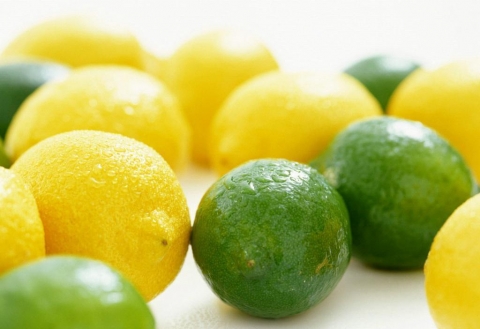



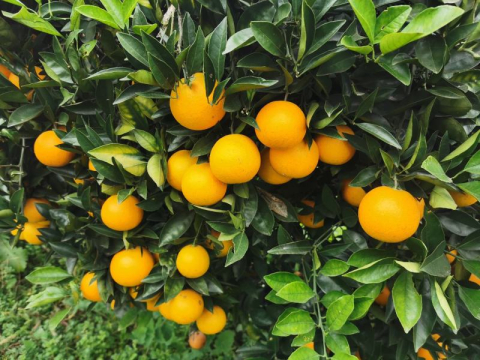




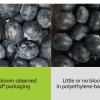






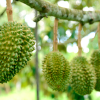

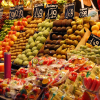
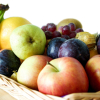




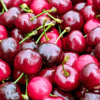



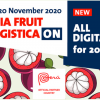
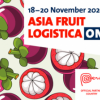
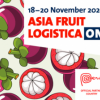
添加新评论